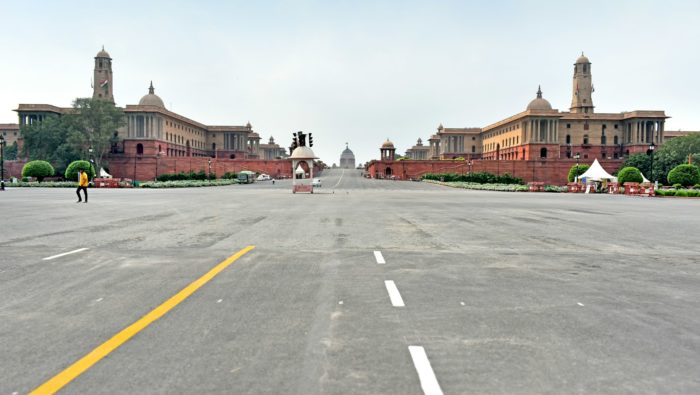
Filing Right to Information Requests to Collect Key Data from Indian Prisons

In recent years, I have been examining the socio-legal factors that impact parole decision-making in Delhi, India. Parole is a temporary leave from prison, granted primarily for familial emergencies, and decided based on reports from prison, police officers, and senior bureaucrats. Originally, I planned to conduct only semi-structured interviews with decision-makers. However, my research methods evolved as I sought to understand the basic landscape of parole decisions: How many individuals apply? On what grounds? What are the gender demographics of applicants? As interviews could not provide this information, I turned to Right to Information requests (RTIs). These are akin to Freedom of Information (FOI) in other jurisdictions and allow individuals to request information held by public authorities. This post argues that RTIs provide unique access to valuable data, including documents and interactions from India’s heavily gatekept prisons, while reflecting on the material and structural conditions that mediate such access.
I spent a fortnight filing 40 RTIs. The process was time-consuming because the government website crashed frequently. I got over 500 responses, as 16 jails in Delhi replied to each RTI. Some jails shared quantitative data revealing that rejections were more common than approvals, while others refused to provide information like the index offence, citing privacy concerns. Surprisingly, seven jails allowed me to physically inspect parole case files due to the absence of consolidated physical or electronic records. Since such permission was only valid for a week, I resubmitted RTIs closer to my planned fieldwork. Eventually, only three jails permitted me to inspect records, which, a prison officer informally stated, was due to the then-impending national elections. While I could not confirm this connection, this instance suggests that political events may influence RTI outcomes.
The positive responses enabled me to access two unexpected kinds of data. First, an RTI response permitting me to inspect documents also enabled my entry into the physical space of prisons, access that is otherwise difficult due to financial and bureaucratic hurdles. Upon entering the prison complex, I was able to speak with prisoners’ families while waiting to be given access to documents, and also conversed intermittently with prison officers.
These conversations, which took place during what Fuji (p. 526) calls ‘accidental ethnographic’ encounters, supplemented data I collected through interviews with parole decision-makers. These unstructured and unplanned moments provided insight into prison officer hierarchies and dynamics between officers and inmates. This glimpse into the social life of parole decision-makers allowed me to analyse my data better since I understood the ‘context, culture, and social relations (of prisons)’ (p. 536), observations not available through interviews. However, these encounters were limited on account of being brief and episodic; therefore, unlike a sustained ethnography, such encounters cannot stand alone as data since they may not be representative of broader prison culture. Instead, the value of this data lies in supplementing and providing context and texture to interviews. In doing so, RTIs enabled a point of entry into prisons, both literal and epistemological.
Second, RTI responses allowed me to conduct a documentary analysis of parole case files, which comprised reports of all decision-makers. I made detailed hand-written notes, recording verbatim the language, layout, and reasoning of reports. I analysed decision-making patterns and factors that decision-makers are mandated to record in their reports. Illustratively, police reports included assessments of the socio-economic background of applicants and whether they were “gang members” or “habitual offenders.” I used these leads to probe decision-makers during interviews. My documentary analysis further indicated the intertextuality of decision-makers’ reports, highlighting how the institutionally interconnected documentary decision-making process constructs an eligible parole applicant. Thus, filing RTIs enabled me to triangulate my findings through documentary analysis and enriched interviews too.
Although RTIs enabled valuable access, my ability to benefit from them was contingent on literacy, both digital and otherwise, essential for filing RTIs online and navigating procedural requirements. Filing multiple RTIs also required financial resources, as each request costs ₹10 (0.084 pounds). While the fee may appear modest, expenses accumulated across requests. As noted above, positive responses may also depend on political contexts like national elections. Moreover, the Supreme Court of India has noted that RTI commissions, which hear appeals against the denial of information, are not functioning due to vacancies caused by political interference. Resultantly, appeals against the denial of information may go unheard. These constraints indicate that the effectiveness of collecting data through RTIs depends on financial capacity, literacy, and political contexts. Nonetheless, in otherwise opaque institutions like prisons, filing RTIs can open doors to documents, spaces, and interactions.

